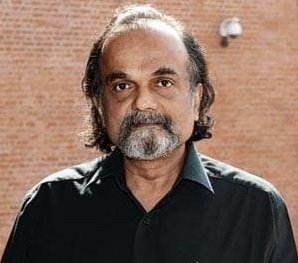When interest rates are determined through the market, there is only a limited role for development finance institutions (DFIs). In the era of controls, and where the state mobilised and directed (if not monopolised) much of the savings and resources in the economy, it made sense to set up DFIs which would direct “cheap” funds from the state to industries and activities of importance: those fitting into plan priorities or having vast external effects and seen as necessary for the transformation of the economy.
That role is no more playable by DFIs and certainly not in the manner of old. That is why the DFIs of the pre-reform period, ICICI and IDBI, had to convert themselves into generalist financial companies with their own banking arms to access funds at the lowest possible rates.
Financial repression, which was possible then through direct action of the state, is now only possible to the extent that some interest rates are controlled. Thus, in controlling deposit interest rates, the RBI has allowed financial intermediation to have a larger spread than otherwise in the market with completely reformed and market-determined rates of interest.
That would reduce considerably the profits of smaller banks, while increasing the business of the larger and better operating banks, since the incentive for disintermediation—financial savings of the economy going through the markets and other channels (small savings)—would have been considerably attenuated. In other words, for nearly a decade, India has had a financial sector that is considerably reformed, a few quirks of the regulators apart.
In such an environment, the role of specialist DFIs is more in terms of development of the market for the business. Since private and commercially- oriented infrastructure require regulatory policy and often contractual clarity, there is a large developmental role which, while formally the responsibility of the government, can and ought to be played by modern DFIs, especially when publicly owned.
Such a role has been well played not only by IDFC but also by ILFS and a few other banks, including SBI. There is little need to set up another DFI to do the same. Many within the government imagine that IDFC did not deliver since its total direct lending had not been fully stretched until recently. IDFC’s role in leveraging its own investments to draw in funds from the private sector has been considerable. It was in part IDFC’s role in bringing about contractual and policy clarity with regard to the National Highway Development Programme that set the Golden Quadrilateral going.
The fact is, there is no financial side constraint on infrastructure in India. With a well developed financial market, it is only lack of good bankable projects that is the limitation, and there is no way another special purpose vehicle (SPV) or DFI can overcome this source problem. Policy and regulatory clarity that needs to come in sectors, like electricity, water, oil and gas, urban infrastructure are still awaited. The blame for muddling around, therefore, falls squarely on government departments and policy-makers. Risks are far too high for private investments in water and electricity, or even in oil pipelines, which are plagued by under-investments.
Elsewhere, there is far too much ad-hocism. The executive of the day has far too much power, so that past contracts are typically not tight enough. And contract adherence vital in infrastructure, especially those involving PFIs of some kind, is a major problem. The “deadly embrace” created by price-based subsidies in these sectors makes investments all but impossible for private capital. Correct these and the funds will flow.
The debt market for non-government securities is limited by the more lucrative small savings route for most investors who want low-risk avenues. Freeing the deposit and savings rates, as also lowering the small savings rate, would allow the corporate bond markets to come into their own. The equity markets show the appetite of the investing public.
Several deep discount bond issue by parastals of government in the past have had good response. While the duration over which borrowings can be made in the Indian market are lower than in the advanced countries, they are not small. Large investments ought to be possible in 15 and 20-year corporate debt markets if pension and insurance funds can invest in some of these with appropriate safeguards.
So, the government can sit and twiddle its thumb with an SPV, or what is worse, throw good money on bad projects.
http://www.financialexpress.com/fe_full_story.php?content_id=117510


